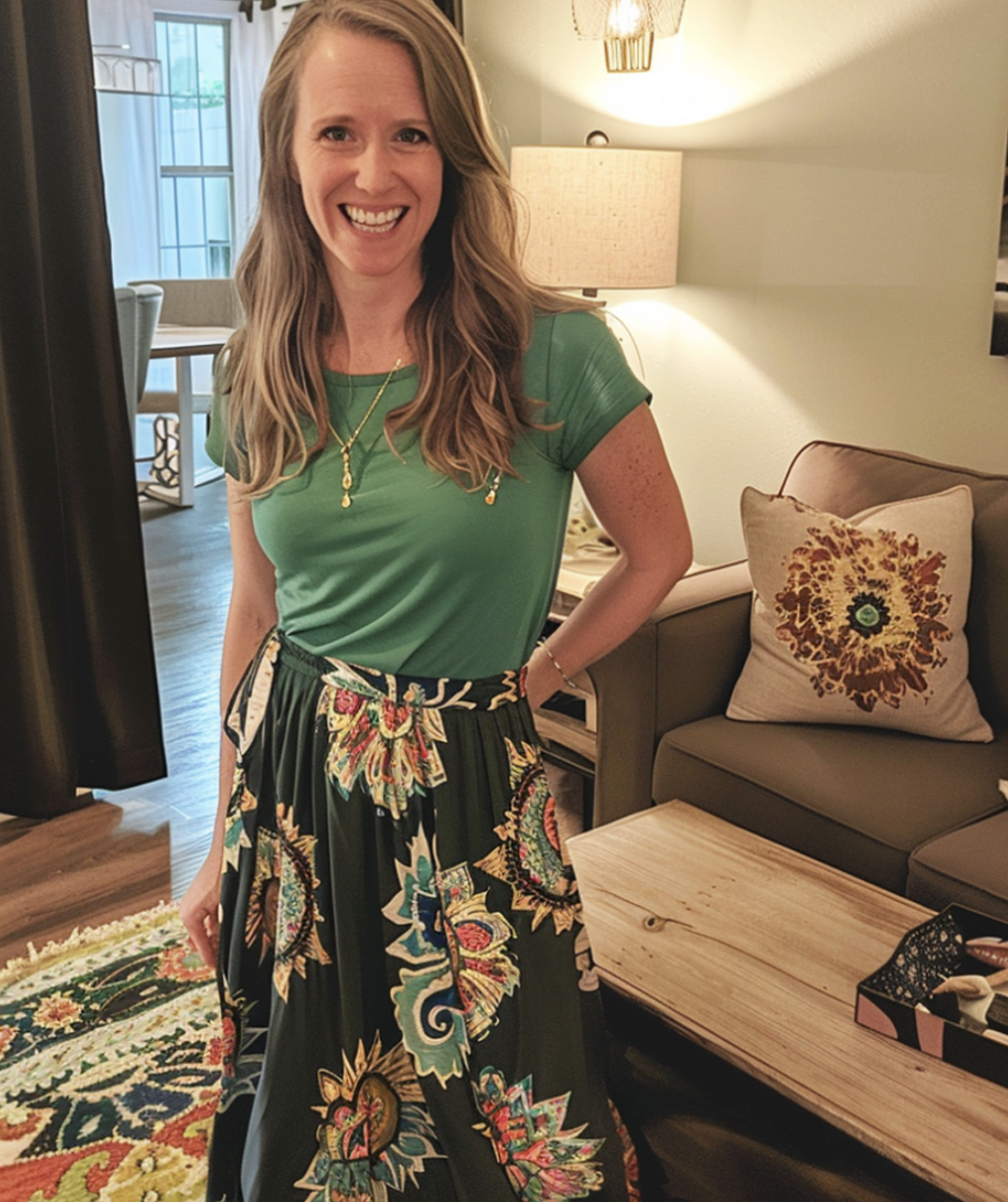When I bought my stepmother’s late mother’s house, I knew it was going to be a long, grueling project. The house had been neglected for decades, filled to the brim with clutter, dust, and decay. But I was young, ambitious, and determined to turn it into something beautiful. What I didn’t expect was that, after pouring my heart, soul, and every last dollar into restoring it, my stepmother would show up demanding I hand it all back.
A House Buried in Chaos
The first time I stepped inside, the stench hit me like a wall—mildew, rotting food, and an unidentifiable sour odor that clung to the air. The front door barely opened, blocked by piles of old newspapers, shoes, and random junk spilling into the entryway.
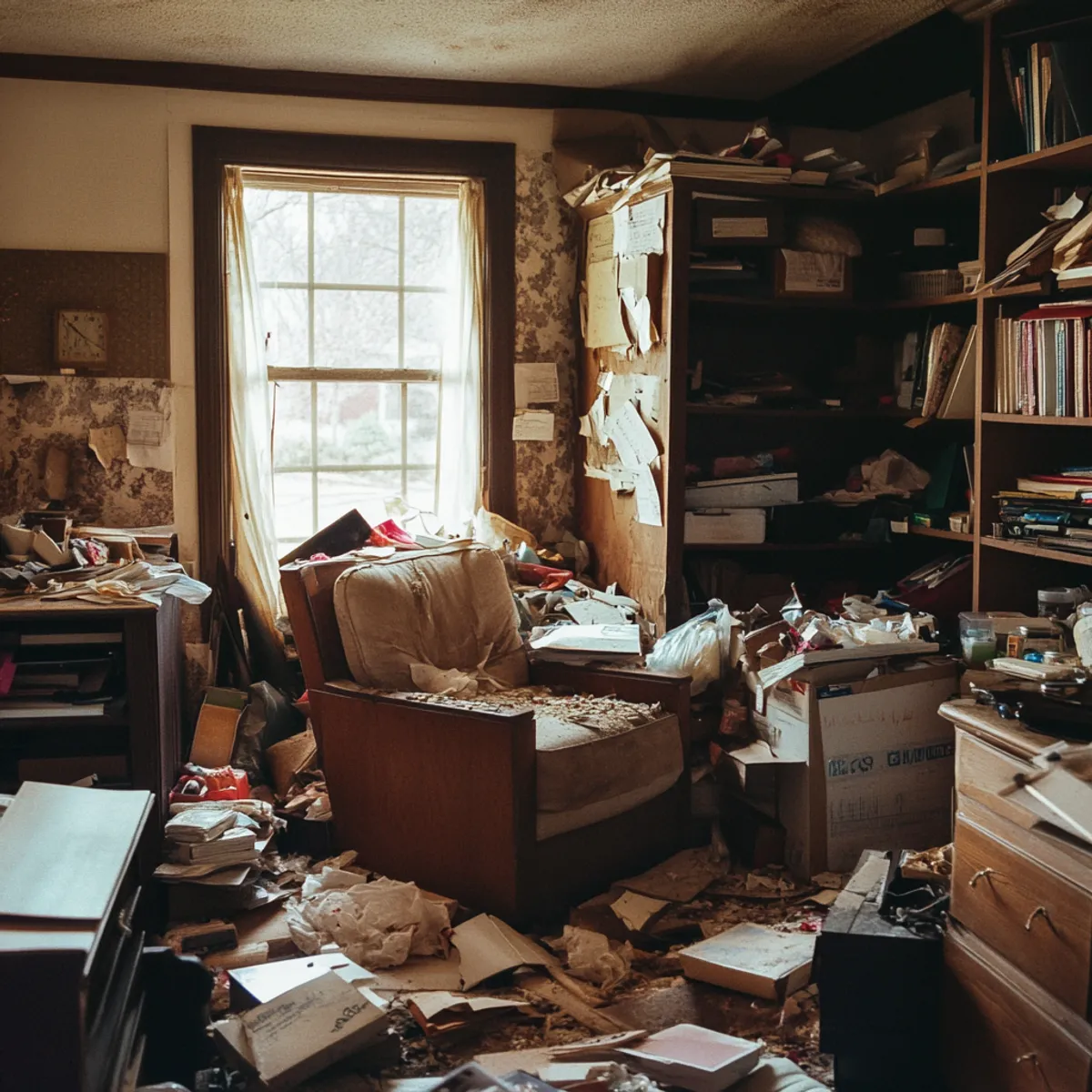
“This is worse than I thought,” I muttered, frozen in disbelief at the sheer level of hoarding.
My stepmother, Karen, stood beside me, arms crossed. “Yeah, it’s a disaster,” she admitted flatly. “That’s why we’re selling it cheap. Too much work, but you wanted a house, right?”
The house had belonged to her late mother, a notorious hoarder. Karen and her siblings had no interest in dealing with the mess, so she casually offered it to me for $20,000—a ridiculously low price for a six-bedroom home with a massive yard. At 26, I saw it as an opportunity.
“Everything comes with it?” I asked, still trying to grasp the enormity of the task.
Karen shrugged. “Everything. The house, the junk, whatever’s inside. It’s your problem now.”
A week later, I signed the paperwork, officially making it mine. I had no idea how much that decision would change my life.
Turning a Disaster into a Home
The very next day, I began cleaning. At first, I tried to strategize, but there was no easy way to tackle the chaos. Every room was an overwhelming disaster—rotting dishes stacked in the sink, expired food lining the pantry shelves, old furniture buried under mountains of trash. The dust alone made me sick.
At the end of my first day, exhausted and covered in grime, I collapsed onto a rickety chair in the dining room. “What have I done?” I whispered, my hands shaking.
But I refused to give up.
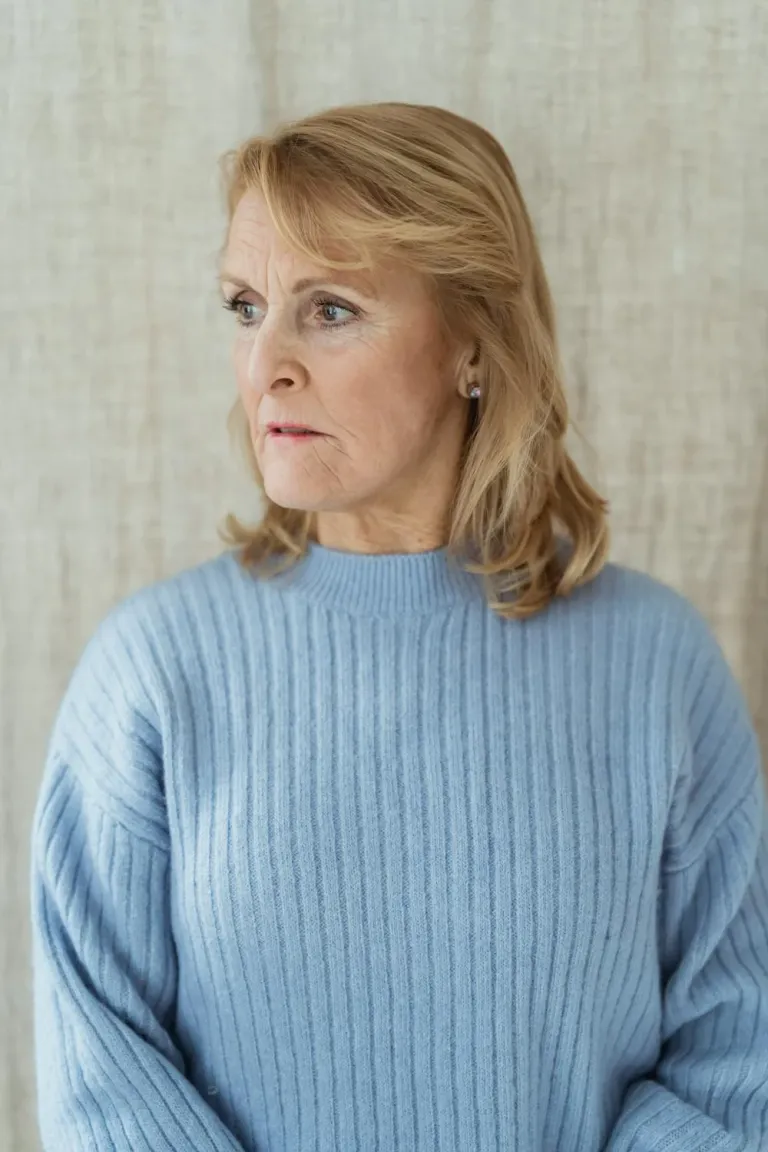
Weeks passed, and I unearthed hidden treasures beneath the junk—a set of antique silverware, a vintage mirror, and, most notably, a wooden chest buried under moldy blankets in the master bedroom. Inside, I found delicate jewelry: gold bracelets, brooches, and a pearl necklace. But the most shocking discovery?
An old wedding dress.
It was stunning—lace, long sleeves, an elegant high neckline. Despite years in storage, it remained in pristine condition. I held it up to the light, a soft smile forming. “If I ever get married, this is the dress I’ll wear,” I thought.
Each discovery fueled my determination. I spent the next four years renovating every inch of that house. I fixed the roof, replaced plumbing, restored the hardwood floors, and painted the walls. Piece by piece, the house transformed from a crumbling hoarder’s nightmare into a warm, inviting home.
During the cleanup, I came across old family photos, report cards, and handmade ornaments. Wanting to be respectful, I packed them up and gave them to Karen and her siblings.
“You didn’t have to do this,” Karen said when I handed her the photos.
“It’s your family history,” I replied.
She just shrugged. “We’re just glad to be rid of that place.”
That indifference struck me. They didn’t care about the memories, the house, or anything left inside. But I did.
The Unexpected Demand
Years later, I had completely transformed the home. Gone were the piles of junk, the suffocating dust, and the decay. The house was beautiful.
Proud of my progress, I shared a photo online—one of me trying on the restored wedding dress, paired with the pearl necklace I’d found in the chest. The caption was simple:
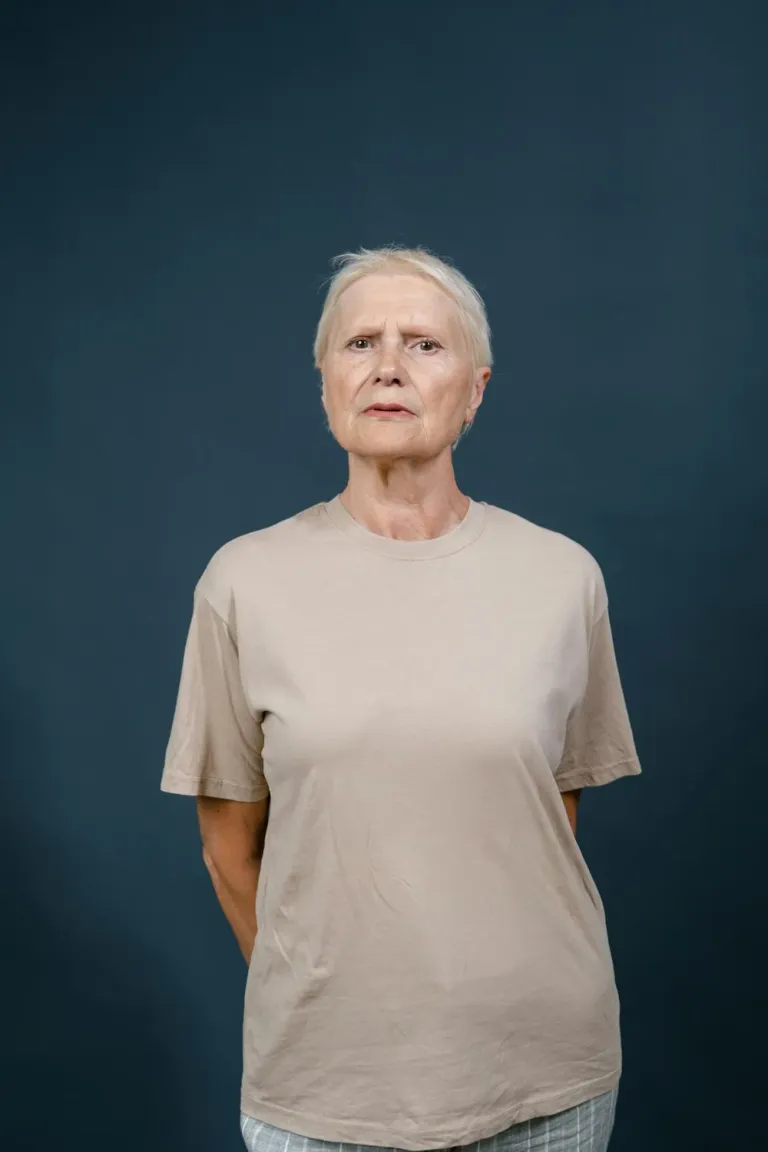
“This dress has a new life after decades in storage. Can’t wait to wear it someday!”
I thought nothing of it—until I received an enraged message from Karen’s niece, someone I barely knew.
“HOW DARE YOU? That dress and jewelry are FAMILY PROPERTY! You had no right to take them!”
I stared at the message, stunned.
Family property? I scoffed. They didn’t even want the house!
Then came another message. “You STOLE those things. Grandma would never want a stranger wearing her wedding dress. Give it back or I’ll come get it myself.”
The nerve of it all sent a wave of anger through me. I had spent years—years—saving the very things they now wanted back.
And then, a few days later, there was a knock at my door.
I opened it to find Karen standing on my porch.
“I Want It Back.”
“Well,” Karen said, her gaze darting around the pristine front porch and freshly painted shutters, “you certainly made some improvements.”
I said nothing.
She stepped inside, eyes widening as she took in the spotless, beautifully restored home. Running a hand over the polished wooden banister, she muttered, “I can’t believe you actually fixed this place. It’s… beautiful.”
Then, her expression changed. Her admiration turned to something else—greed.
Clearing her throat, she straightened up. “Listen,” she said, feigning warmth. “I came to talk about the house. I want it back.”
I blinked, stunned. “Excuse me?”
“I’ll pay you back what you originally spent—$20,000,” she continued. “That’s fair, isn’t it? And, of course, you’ll need to return all the family heirlooms. The dress, the jewelry—”
I couldn’t help it. I laughed.
“Are you joking?” I asked.
Karen’s expression darkened. “I’m serious. This was my mother’s house. It belongs to our family.”
I shook my head. “No, Karen. It belonged to your family. You sold it to me. The contract is clear—I own everything in this house.”
She huffed. “You’re being selfish.”
I took a deep breath, refusing to let her guilt-trip me. “Tell you what,” I said calmly. “If you can prove that I don’t legally own this house, I’ll give it back. Or, if you want it, you can buy it for market value.”
Her eyes widened. “Market value?” she scoffed. “That would be—”
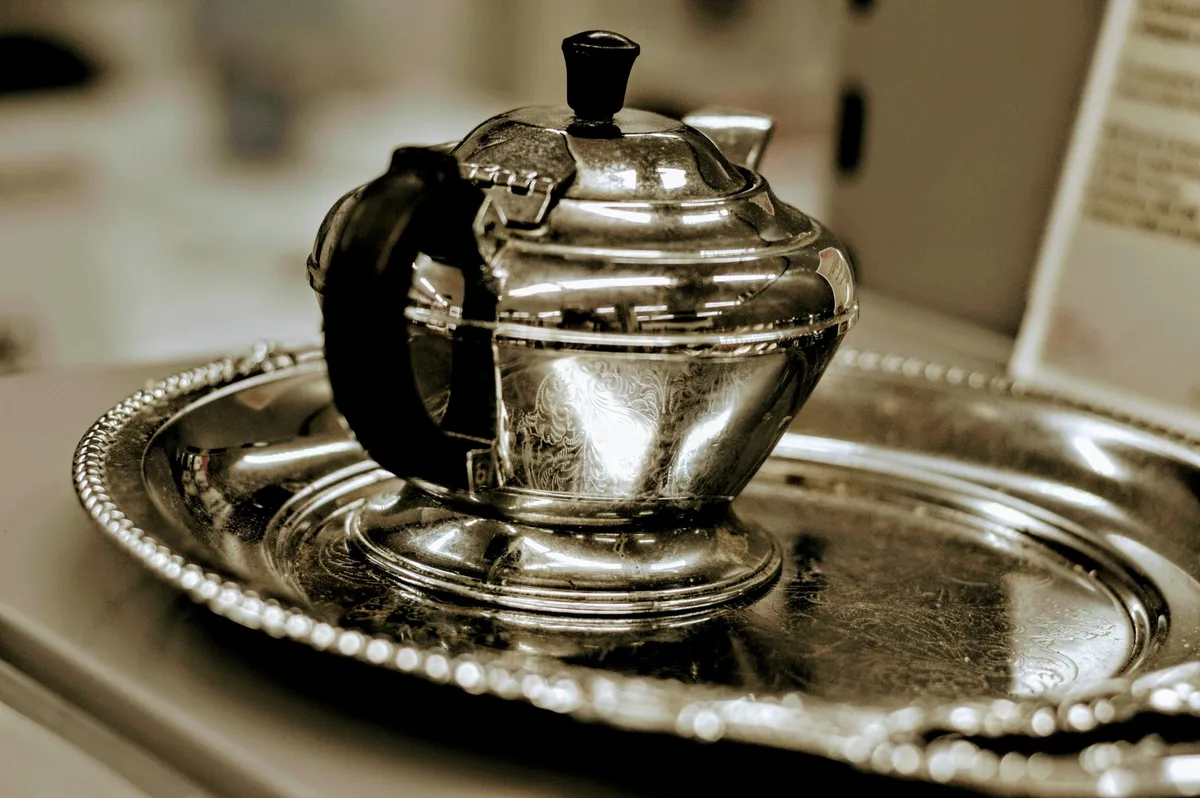
“Over $400,000,” I cut in. “That’s what it’s worth now, thanks to all the work I’ve put in. So unless you’re prepared to write that check, this conversation is over.”
Karen opened and closed her mouth, her face red with frustration. Finally, she turned on her heel and stormed toward the door.
“This isn’t over!” she snapped.
I shut the door behind her and leaned against it, my heart pounding.
“Oh, Karen,” I muttered. “Yes, it is.”
My House, My Home
For years, I had poured my heart into this place. Every brushstroke, every repair, every long night spent cleaning had made it mine. They abandoned it—I saved it.
Now, it was more than just a house.
It was my home.
And no one—**not Karen, not her family, not anyone—**was taking it away from me.
